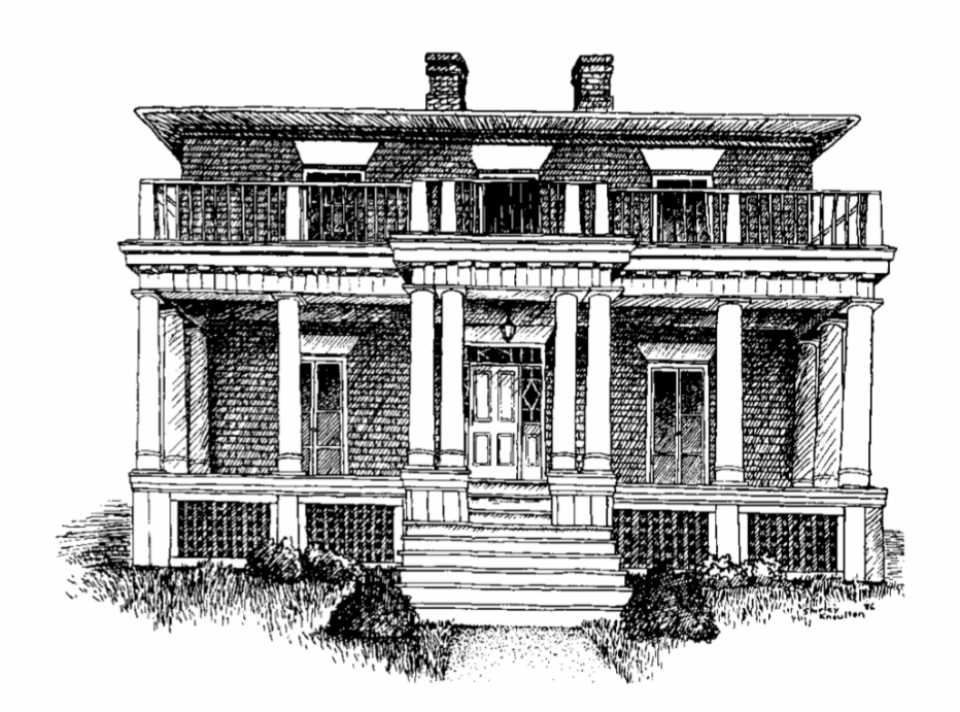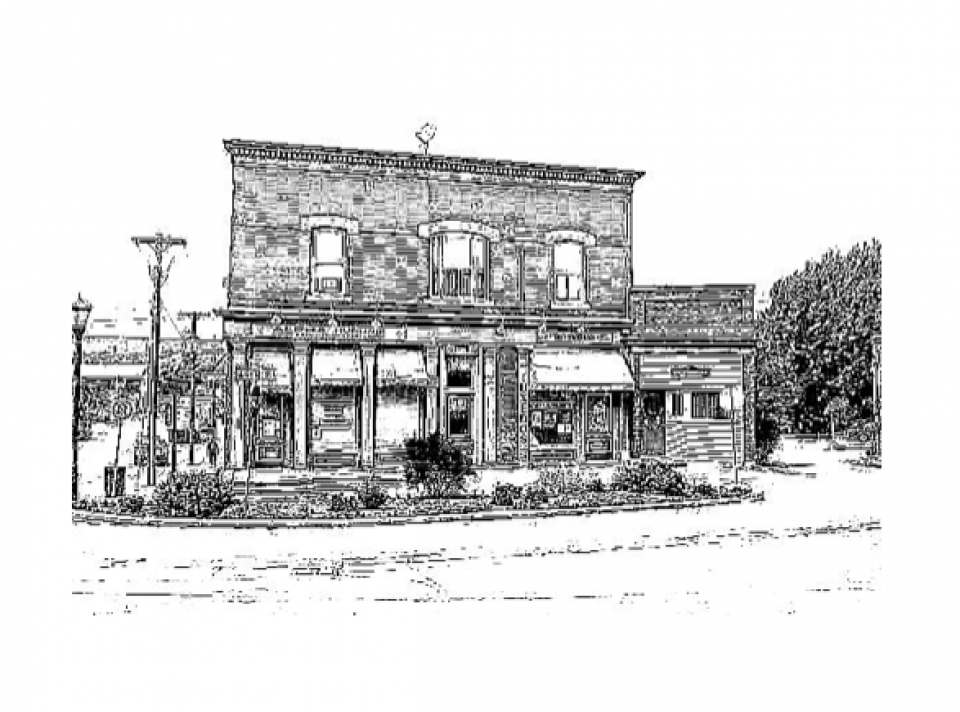Heritage Locations
Interest in Penetanguishene began with Champlain’s landing in 1615, but settlement did not begin until the navy established their base. The War of 1812 and transfer of Drummond Island to the Americans caused the new naval base to locate in the well protected harbour of Penetanguishene. Fur traders, voyageurs, officers and their families, and others were attracted. Further settlement was prompted by the arrival of many Quebec families, attracted by inexpensive, available land. Penetanguishene met her boom era shortly before and after the turn of the century. The vast timber resources and convenient harbour brought such names as Beck, McGibbon, Gropp, Tessier and Firstbrook. The ample employment induced more settlers. Today, Penetanguishene has a rich heritage of cultures, people and built environment. Heritage Penetanguishene would like to acknowledge our past, present and future through a selected guide to our built environment. All the structures included in this brochure represent glimpses of our 19th and early 20th century heritage.

Declared as the “Portals to Huronia “ in the 1921 Tercentenary celebrations, the Angels mark both the entrance to our...
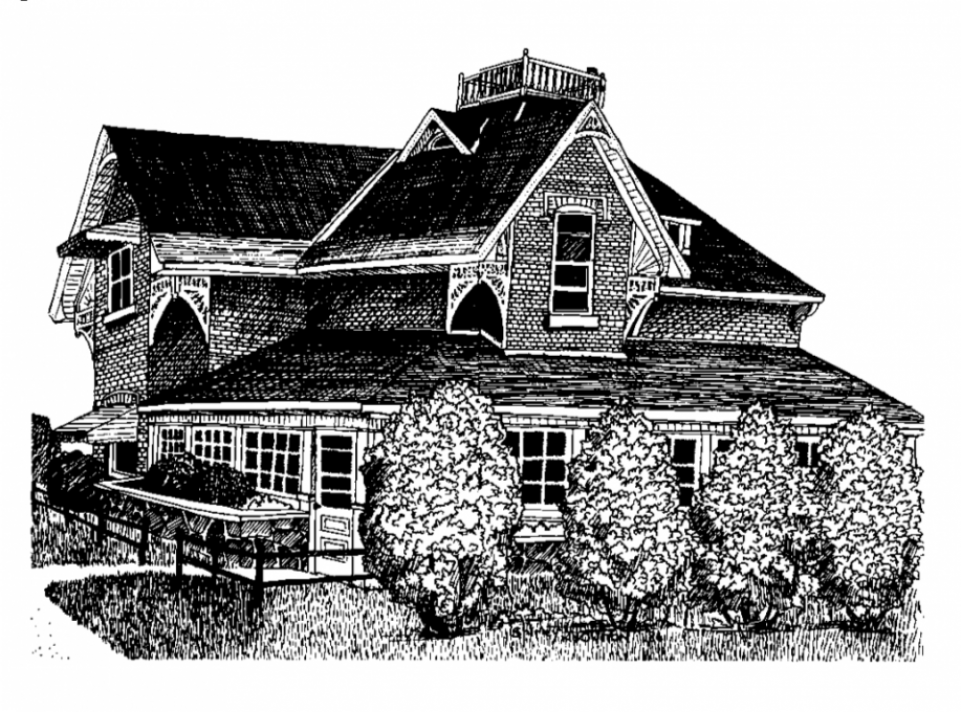
Built in 1905 by local carpenter, George Pelletier, this home was purchased in 1919 by William R. Benson, manager of ...
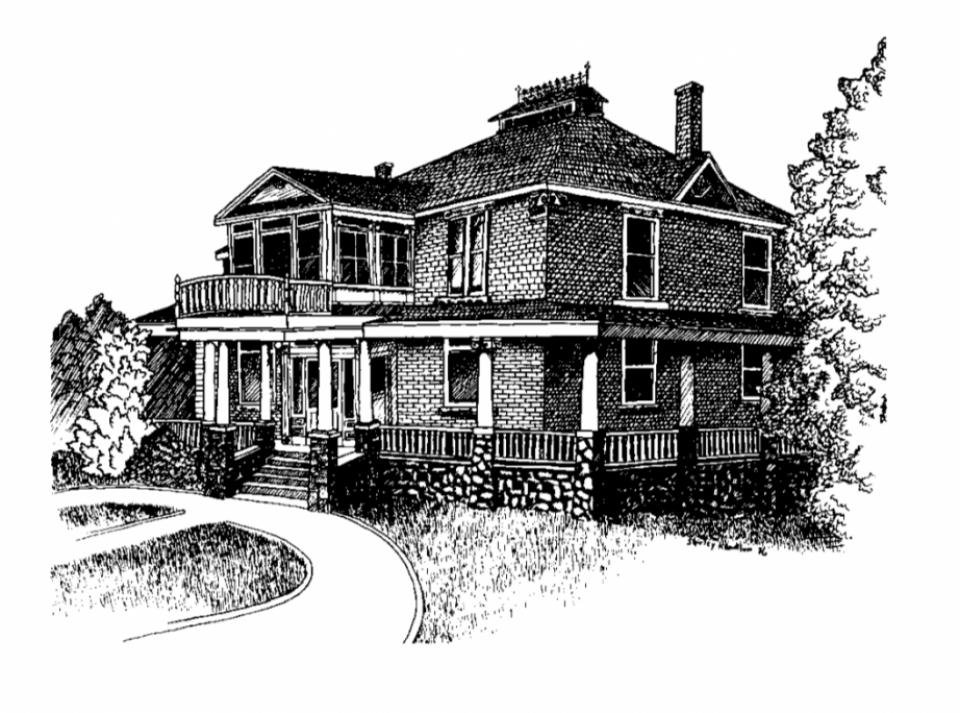
This classically styled house was built around 1900 for J.T. Payette, owner of a thriving local foundry and Mayor fro...

This plain building at 12 Water Street conceals the original logs of what is believed to be the first log house built...
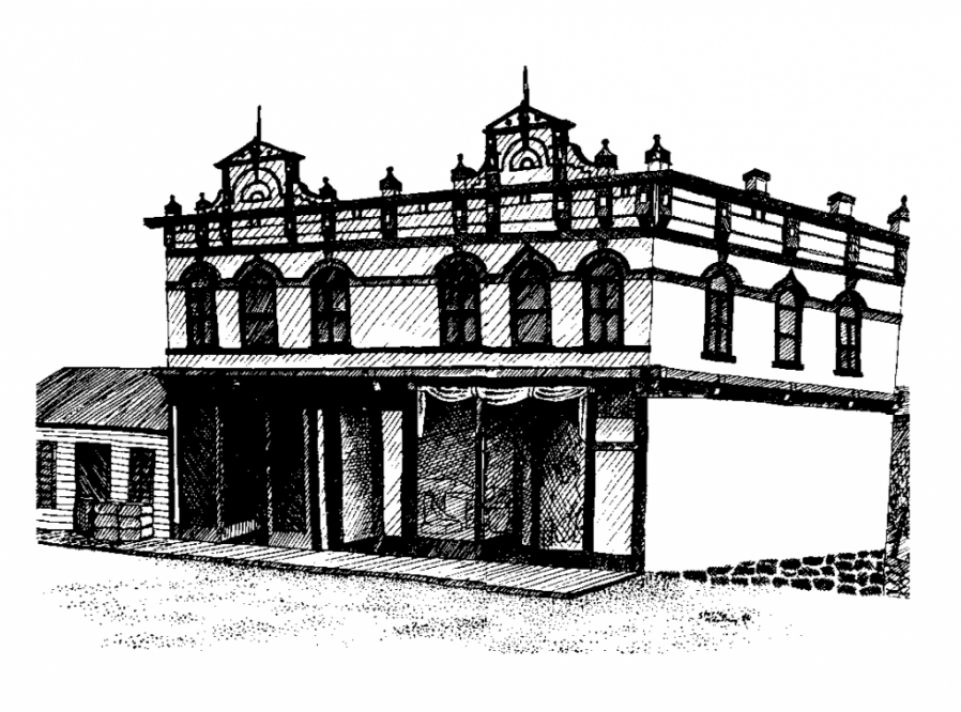
This structure was erected by Alfred A. Thompson in 1840 and has continuously served the community as a mercantile bu...

Located on Burke Street at the intersection with Beck Boulevard, this structure was built in 1875 by Carl Beck.

This elegant Queen Anne Revival design residence is the only house in Penetanguishene with a slate roof.

This Anglican Church was constructed on the "lines of communication" between the Town and the Establishments in 1836.

Occupying a prominent place in the centre of First Presbyterian Cemetery, stands the Beck Family Mausoleum.

This outstanding example of Carpenter’s Gothic was built in 1878 and represents the caliber of home which was being b...
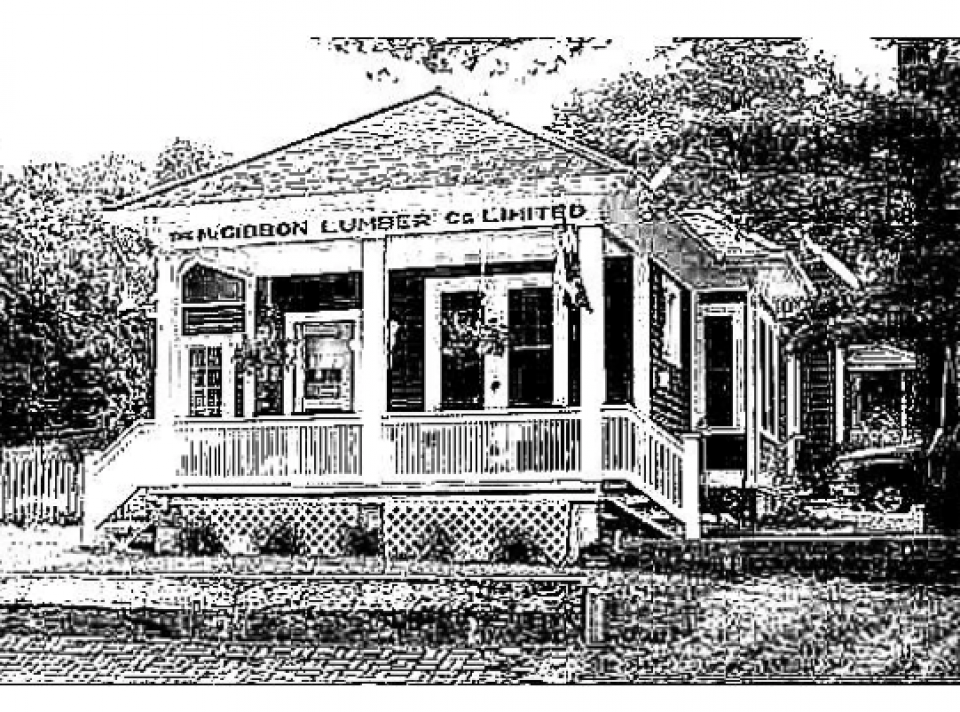
Although this building has gained its recognition as being the office of the McGibbon Lumber Company, it has not alwa...

In 1825 the Arctic explorer Sir John Franklin, under orders from the British government set out from here with Franco...

The Great Explorer, La Salle with M. De Tonty and twenty-five others, passed this way in 1680 in his expedition from ...

Covering a buried war hatchet | This memorial marks the peace made here August 3rd, 1921 between the Huron and...

Father Athol Murray, future member of the Order of Canada and Hockey Hall of Fame, came to St. Ann’s Church in Peneta...

During the time of Champlain’s arrival in this area, a prevalent means of transportation was the birch-bark canoe.

The first European appeared in the Penetanguishene area around 1610. Samuel de Champlain, governor of New France, dis...

Theophilus François Laboureau was born in 1837 in France and was appointed to St. Ann’s Church in Penetanguishene in ...
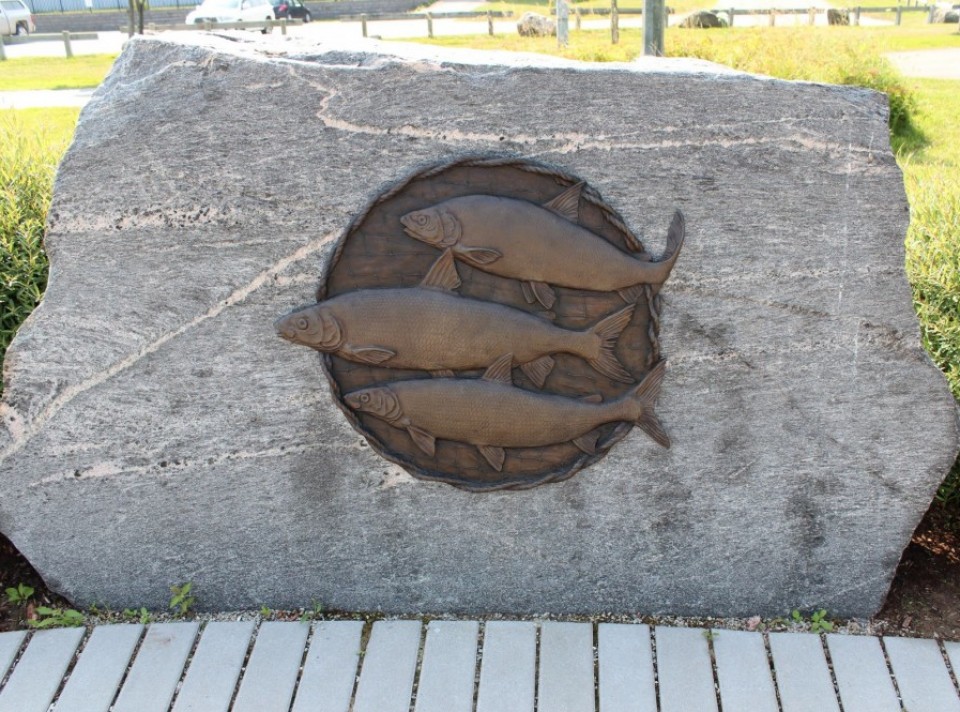
The core members of the Huron-Wendat confederacy were: Attignawantan (people of the bear), Attigneenongnahac (people ...

With vision and enthusiasm, he set about developing the new world wilderness London sent him to oversee.

Joseph Le Caron is one of four pioneer missionaries of Canada and the second European to land in Huronia.

The Métis Nation Prior to Canada becoming a nation, a new Aboriginal people emerged out of the relations of Native wo...

The meeting statue is a celebration of two people, two faiths and two distinct cultures coming together 400 years ago.



